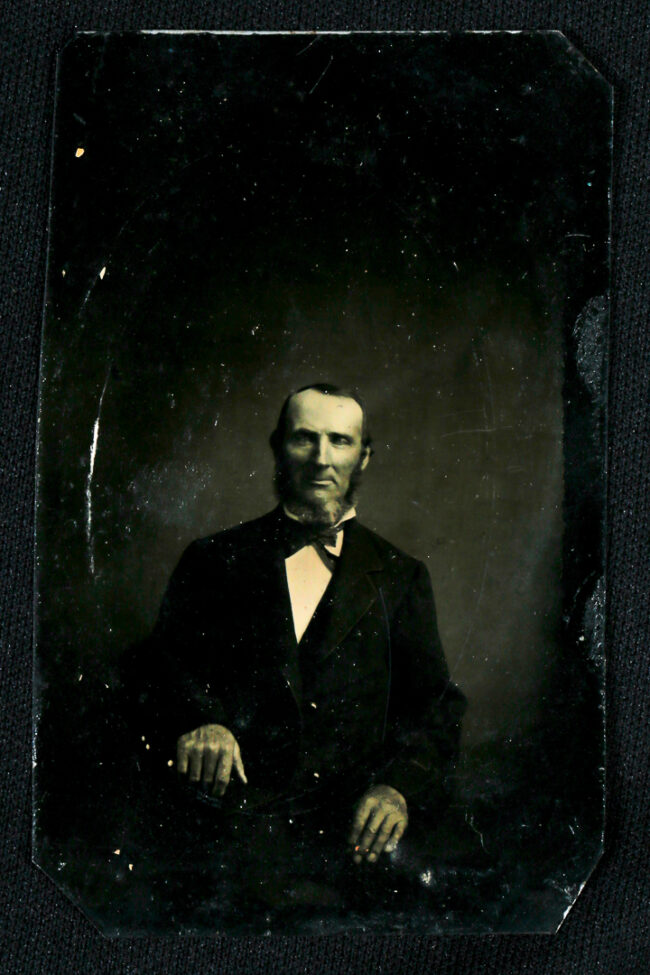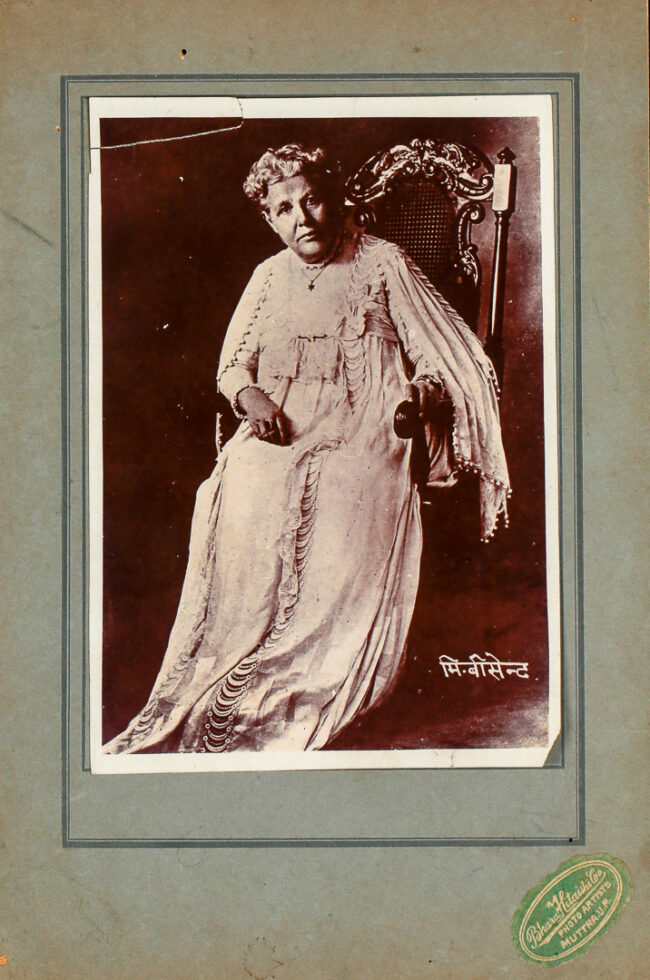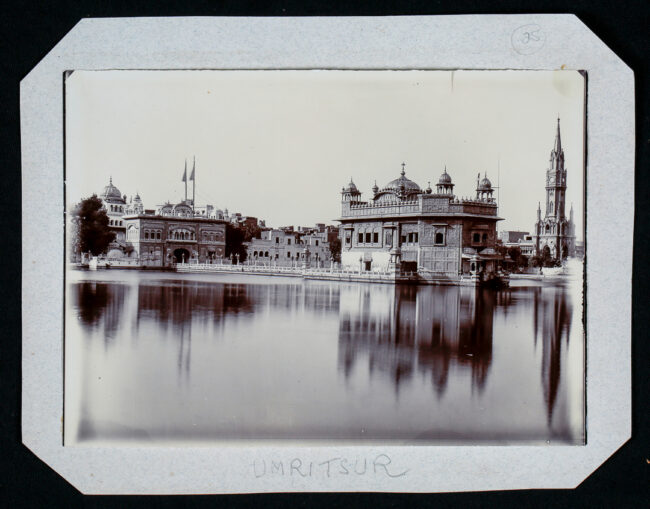Portrait of an American, c.1870, Tintype, 105 x 65 mm, Unknown Photographer, PhotoMuse Collection, 2018, Donation of Dr. Unni Krishnan Pulikkal, Source – Herbert Ascherman Collection.
A tintype, also known as a melainotype or ferrotype, is a photograph made by creating a direct positive on a thin sheet of metal coated with a dark lacquer or enamel. There are two historic tintype processes: wet and dry. In the wet process, a collodion emulsion containing suspended silver halide crystals had to be formed…










